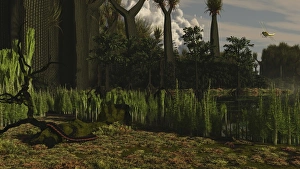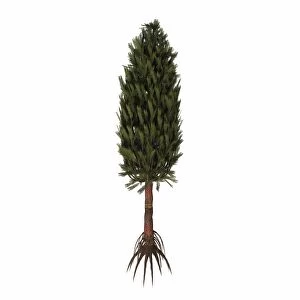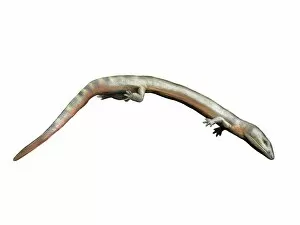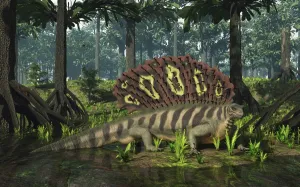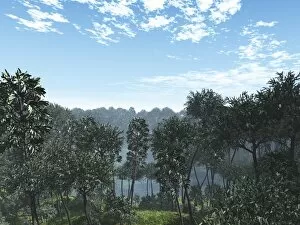Carboniferous Collection (page 3)
Step back in time to the Carboniferous era, where ancient wonders await
All Professionally Made to Order for Quick Shipping
Step back in time to the Carboniferous era, where ancient wonders await. In Clitheroe, Lancashire, England, a majestic motte and bailey castle stands proudly atop a limestone outcrop. The view from this vantage point offers a glimpse into history's embrace. Immerse yourself in the Coal Forest diorama, an enchanting display that transports you to a primeval forest teeming with life. Fossils and plants preserved from this period come alive through intricate woodcuts published in 1897. Explore the geological map of the European Alps, depicted in a lithograph from the same year. Marvel at the intricate patterns etched by time on these majestic mountains. Discover St. Cuthberts Beads - a rosary crafted from crinoid columnals during this remarkable epoch. These delicate beads serve as tangible reminders of our connection to Earth's past. Witness the diverse array of animals and plants that thrived during the Carboniferous era. From Tupus diluculum, also known as Bolsover dragonfly, to hart's tongue ferns found amidst eroded clints and grykes above Malham Cove – nature flourished abundantly. Venture further into Pembrokeshire, Wales, where sinkholes formed by collapsed limestone cave roofs dot the landscape like portals into another realm. Witness one such sinkhole created by Carboniferous limestone – an awe-inspiring sight indeed. In Derbyshire's Peak District National Park lies Kinder Scout—a testament to erosion over millions of years—where an eroded rock pedestal composed age Millstone grit stands tall against all odds. The Carboniferous period holds endless fascination for those captivated by Earth's history, and is a chapter filled with castles perched upon limestone cliffs and coal forests teaming with life—an era forever imprinted on our planet's tapestry for us to explore and cherish.






